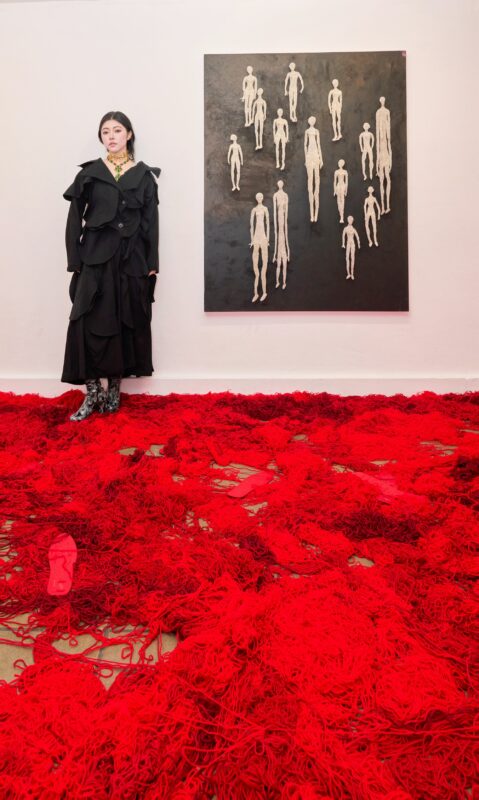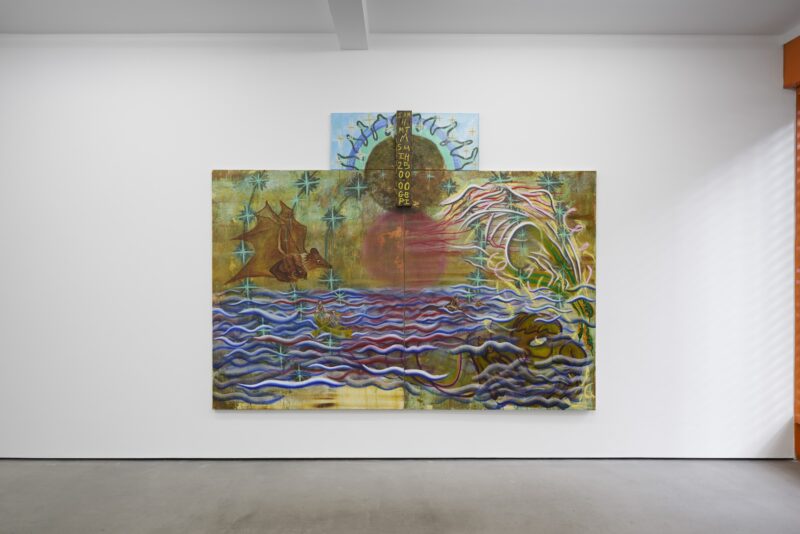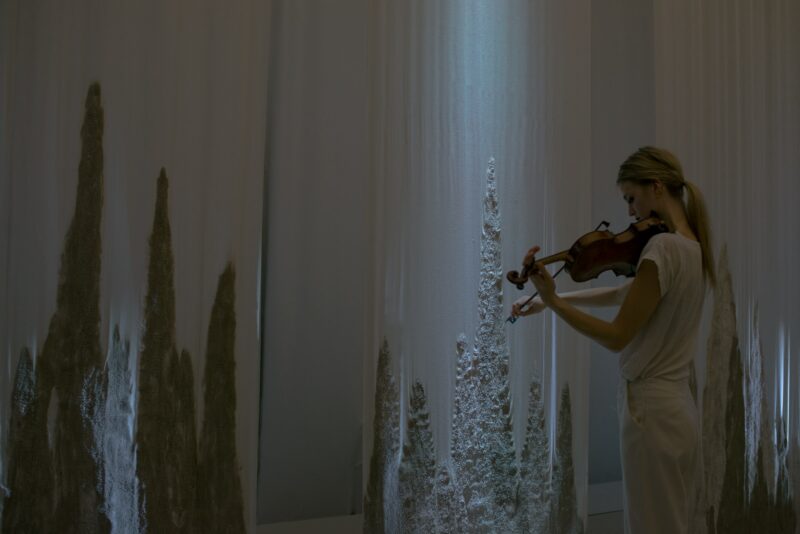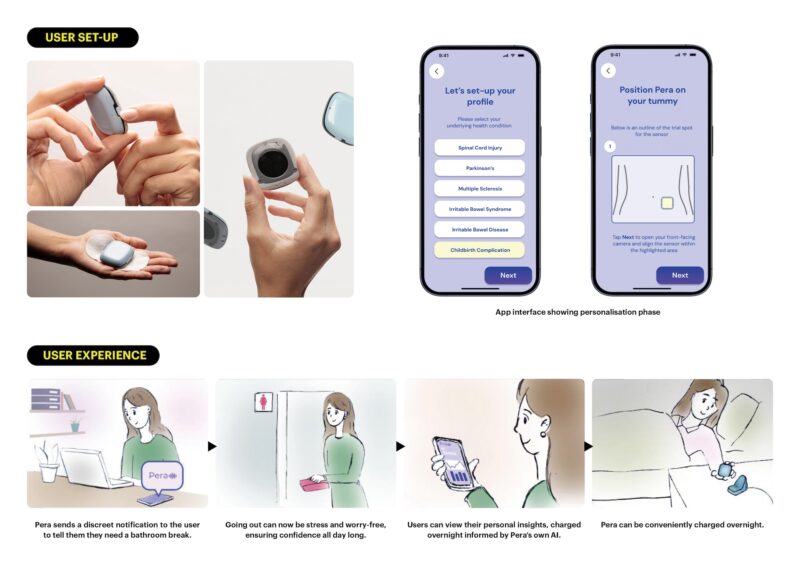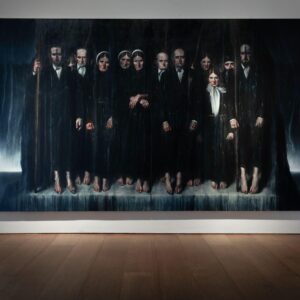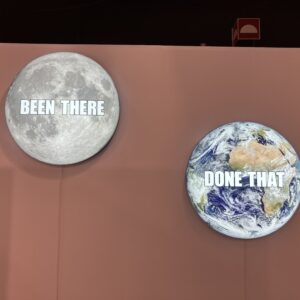Smelly Maps is a new project led by Kate McLean that pays tribute to the neglected power of the nose.
It aims to overcome the negative stereotypes we associate with city smells, and to celebrate the vast array of scents we encounter on a daily basis.
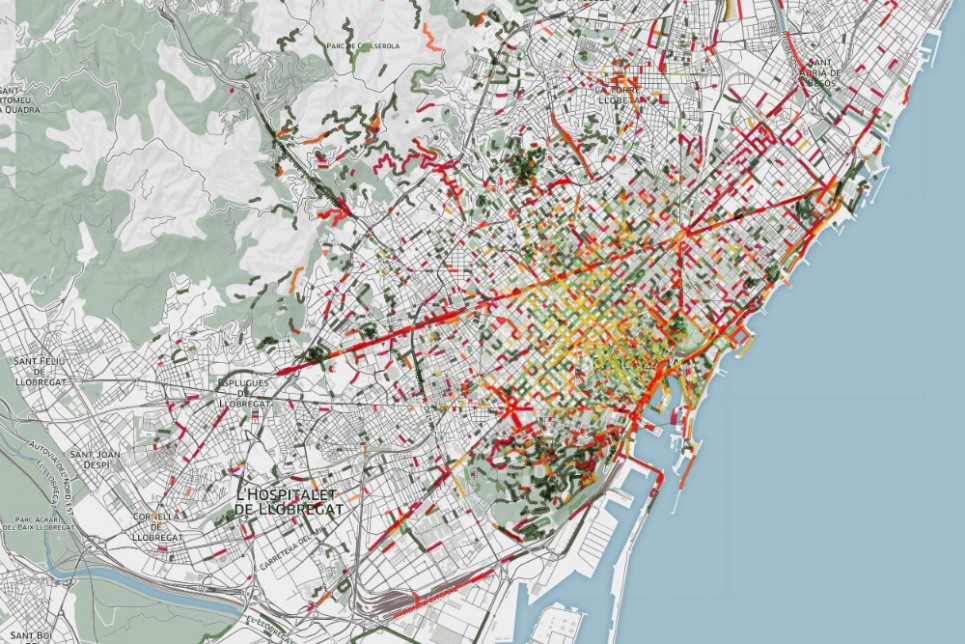
Humans are able to potentially discriminate more than one trillion different odors. Yet city officials and urban planners deal only with the management of less than ten bad odors out of a trillion. Why this negative and oversimplified perspective? Smell is simply hard to measure. Cities are victims of a discipline’s negative perspective. The goal of our work is to open up a new stream of research that celebrates the positive role that smell has to play in city life.
Daniele Quercia, one of the project researchers.
For her PhD at Royal College of Art, McLean ran smell walks in seven cities in the U.K., Europe and the United States to collect smell-related words. Local volunteers walked around their cities to identify distinct odors and take notes, which the team analysed for smell descriptors.
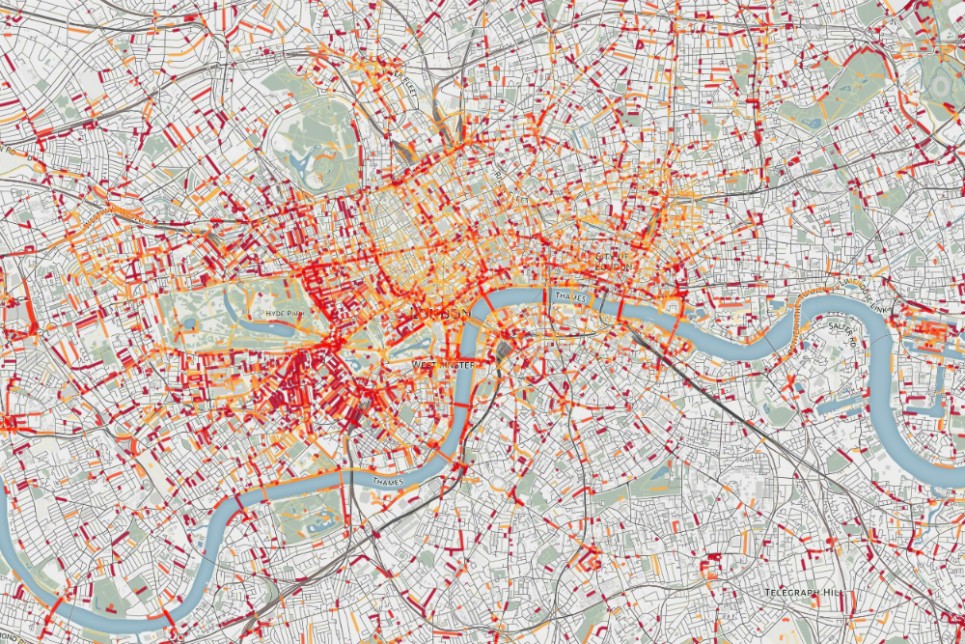
For London and Barcelona, the team matched local’s words with social media data, including tags on Flickr and tweets. They used these to create the first urban smell dictionary, containing 285 English terms.
While some of the words in the dictionary are to be expected—such as traffic emissions, waste and the metro, there are also surprising terms such as balsamic, Earl Grey and marshmallow. The dictionary paints a rich picture of city smells, which show that spaces vary just as much by the way they smell as the way they look.
More Details:researchswinger.org
